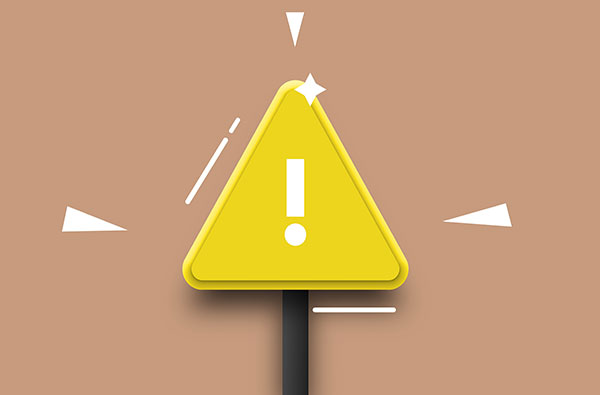The role of sensors and monitoring devices in occupational risk prevention
The implementation of these devices is a must for a comprehensive occupational health and safety strategy.
Digitalisation has revolutionised many aspects of our lives, including occupational health and safety management. One of the greatest impacts is the use of sensors and monitoring devices to prevent occupational hazards. Sensors and monitoring devices are tools used to measure and collect real-time data in the workplace.
The range of data can include information regarding weather, temperature, humidity or wind speed as well as measurement of noise levels, exposure to toxic substances, use of personal protective equipment and other factors related to occupational health and safety.
Informed decisions
Real-time data gathering enables companies to make informed decisions to improve health and safety in the workplace. For example, if sensors detect excessive noise levels in a given area, the company can take steps to reduce the noise, such as providing employees with proper hearing protection or repairing equipment that is the source of the noise. In addition, sensors and monitoring devices can help companies to comply with health and safety regulations and standards.
In conclusion, occupational risk prevention has been improved through the use of sensors and monitoring devices. The data gathered allows for informed decisions as well as compliance with regulations and standards. It is important to point out that the use of these devices should be part of a comprehensive occupational safety and health strategy, and not a stand-alone solution. Companies should continuously strive to improve and adapt to new trends and technologies in order to ensure a safe work environment for everyone.



